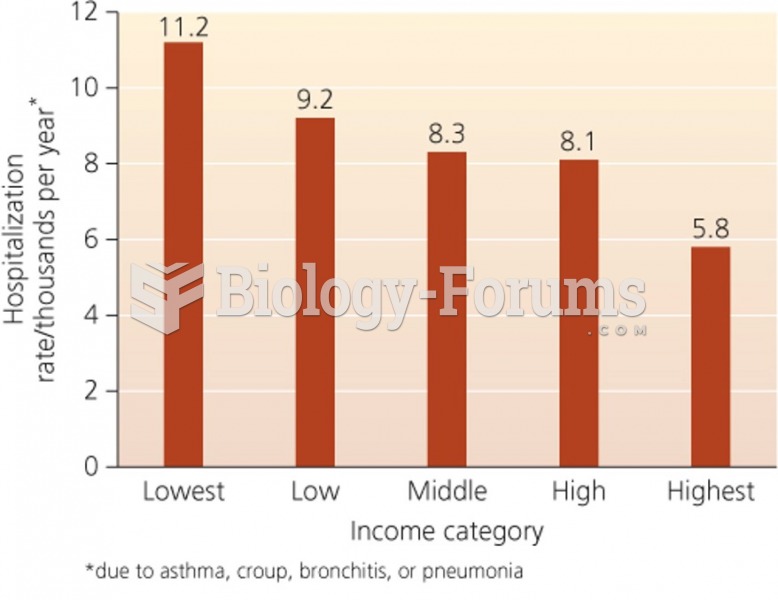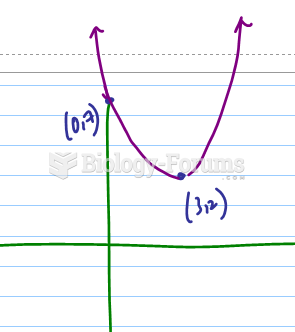A 60-year-old client, Mr. Hummel, has had type 2 DM for several years. Because of a change in insurance coverage, Mr. Hummel changes doctors and at his first appointment, a comprehensive medical exam and dietary history are performed. At the next few appointments, the certified diabetes educator, a registered dietitian, takes a full dietary history.
Mr. Hummel works part-time in a seasonal sporting goods store, having retired last year from 35 years working for a manufacturing plant as a supervisor. He is married to a nurse who works full-time. He does most of the cooking and grocery shopping. He and his wife go for walks on weekends, but he does not exercise otherwise, except for doing chores around the house and occasional yard work or gardening. He is 5'9 tall and weighs 200 lbs., though when his diabetes was initially diagnosed, he weighed more.
Mr. Hummel is interested in weight reduction, especially if it will help him manage his blood glucose, and provides the following 24-hour food recall that typifies how he usually eats:
Breakfast (eats after taking morning blood glucose): Pancakes with diet syrup or a bowl of cereal (usually corn flakes, Chex, or instant oatmeal) with Sweet N' Low and nonfat milk. Drinks coffee throughout the day starting at breakfast with 2 nondairy coffee creamer packets per cup. May or may not have 4 oz. of 100 fruit juice depending on hunger.
Lunch (eats after taking afternoon blood glucose): Sandwich (rye or wheat bread), deck of cards-size portion of lunch meat (salami, ham, bologna, turkey, or chicken) with thinly spread mayonnaise; coffee with nondairy creamers. May or may not eat a can of soup (cream of tomato, cream of chicken, or Italian wedding soup) instead of a sandwich, with two slices of buttered rye or wheat bread.
Afternoon Snack: Canned fruit or occasionally a cookie, doughnut, a piece of pizza, or a treat, depending on availability, hunger, blood sugar, and situation. Drinks coffee with nondairy coffee creamer. Usually also has a glass of ice water before dinner.
Dinner (eats after taking evening blood glucose): Roast beef, meat loaf, steak, or another red meat; occasionally eats poultry or fishapproximate amount 8 oz.; plain baked potato, au gratin potatoes, or boiled buttered potatoes; a salad with bottled salad dressing or a vegetable, such as canned green beans; and a slice of rye or wheat bread with butter. May use ketchup, steak sauce, salt, and pepper. Drinks water with dinner.
Evening Snack: Variesmay eat a few handfuls of a bagged snack food, such as Doritos; a bag of buttered microwave popcorn; or cookies.
Labs are as follows:
Fasting glucose: 140-150 mg/dL
Glucose one to two hours after mealtime: 200 mg/dL
Average bedtime glucose: 152 mg/dL
Glycosylated hemoglobin (hemoglobin A1C): 7.5
Which of the following may help to reduce Mr. Hummel's blood glucose?
a. daily physical activity
b. eating the same amount of carbohydrate daily
c. lower kcalorie intake
d. all of the above
Question 2
A 60-year-old client, Mr. Hummel, has had type 2 DM for several years. Because of a change in insurance coverage, Mr. Hummel changes doctors and at his first appointment, a comprehensive medical exam and dietary history are performed. At the next few appointments, the certified diabetes educator, a registered dietitian, takes a full dietary history.
Mr. Hummel works part-time in a seasonal sporting goods store, having retired last year from 35 years working for a manufacturing plant as a supervisor. He is married to a nurse who works full-time. He does most of the cooking and grocery shopping. He and his wife go for walks on weekends, but he does not exercise otherwise, except for doing chores around the house and occasional yard work or gardening. He is 5'9 tall and weighs 200 lbs., though when his diabetes was initially diagnosed, he weighed more.
Mr. Hummel is interested in weight reduction, especially if it will help him manage his blood glucose, and provides the following 24-hour food recall that typifies how he usually eats:
Breakfast (eats after taking morning blood glucose): Pancakes with diet syrup or a bowl of cereal (usually corn flakes, Chex, or instant oatmeal) with Sweet N' Low and nonfat milk. Drinks coffee throughout the day starting at breakfast with 2 nondairy coffee creamer packets per cup. May or may not have 4 oz. of 100 fruit juice depending on hunger.
Lunch (eats after taking afternoon blood glucose): Sandwich (rye or wheat bread), deck of cards-size portion of lunch meat (salami, ham, bologna, turkey, or chicken) with thinly spread mayonnaise; coffee with nondairy creamers. May or may not eat a can of soup (cream of tomato, cream of chicken, or Italian wedding soup) instead of a sandwich, with two slices of buttered rye or wheat bread.
Afternoon Snack: Canned fruit or occasionally a cookie, doughnut, a piece of pizza, or a treat, depending on availability, hunger, blood sugar, and situation. Drinks coffee with nondairy coffee creamer. Usually also has a glass of ice water before dinner.
Dinner (eats after taking evening blood glucose): Roast beef, meat loaf, steak, or another red meat; occasionally eats poultry or fishapproximate amount 8 oz.; plain baked potato, au gratin potatoes, or boiled buttered potatoes; a salad with bottled salad dressing or a vegetable, such as canned green beans; and a slice of rye or wheat bread with butter. May use ketchup, steak sauce, salt, and pepper. Drinks water with dinner.
Evening Snack: Variesmay eat a few handfuls of a bagged snack food, such as Doritos; a bag of buttered microwave popcorn; or cookies.
Labs are as follows:
Fasting glucose: 140-150 mg/dL
Glucose one to two hours after mealtime: 200 mg/dL
Average bedtime glucose: 152 mg/dL
Glycosylated hemoglobin (hemoglobin A1C): 7.5
Which macronutrient distribution is appropriate for Mr. Hummel's daily diet?
a. 20-35 kcalories from total fat
b. 20-35 kcalories from saturated fat
c. 0 kcalories from refined carbohydrate
d. 25 kcalories from protein, 7 kcalories from total fat







